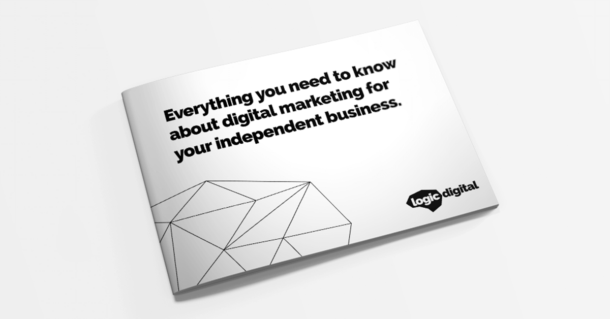One of the key elements that you should be aiming for with your website is to provide a good user experience. If you’ve put all this effort into SEO, social media or paid advertising to drive people through to your website, it will all be for nothing if users have a bad experience.
There are a lot of factors that make up user experience (such as page speed, navigation, usability…) but today we’re focusing on one often-left-until-last part of it: website imagery.
Once again, we’ve had a chat with Scott Wigglesworth from Blackfell Photography (check out the other articles we’ve done with him on ad imagery and social media imagery) about what imagery businesses should be using on their websites to provide the best user experience possible.
Why is website imagery important?
“We’re a very visual culture.” Scott starts. “Having a narrative shown in the imagery of the site helps to form a relationship through the screen with your audience.”
As we’ve mentioned before, to convert a user into a customer you need to show them why you’re relevant to them. And while you could tell them in your website copy – how often have you read (and remembered) entire paragraphs from a website? From an SEO perspective, there are more valuable ways to use your website copy to aid your marketing activities. As Scott quite rightly puts: “The imagery reflects the story so your text doesn’t have to.”
How to use website imagery to tell a story
Scott shares an example of how a client he’s working with is using website imagery to convey his mission and set himself apart from others in the same industry:
A wealth management client is adamantly not a typical “Canary Wharf” type of financial professional. To get this across on his website, he’s going to use imagery from where he lives in the countryside to highlight his different location. The emphasis on nature and peace that comes across in these messages will also tie into his mission to help clients become financially free and relaxed about money.
What story should your website imagery tell?
This ultimately comes down to “what story would customers be interested in?”
The first step, as Scott advises, is “Think about your own. We’ve all got an experience we wish had gone differently – that’s where you start.”
What don’t others in your industry do as well as you? Why would a customer want to work with you over someone else?
We’d also advise thinking about the challenges and goals that your customers have – if your imagery conveys how you can help them solve those challenges and achieve those goals, you’re more likely to convert your audience. Make sure you’ve created buyer personas that look at these areas so you’re prepared when it’s time to think about imagery.
Top Tips:
• Don’t use stock photography when talking about your business – if you’re using the same images as everybody else, how can a customer trust that you’re not just like all the others?
• You don’t need a vast selection of images – instead you need a “capsule wardrobe” of images that can be reused in a number of different ways.
Getting the imagery right on your website improves the user experience and can massively reduce how hard your text needs to work to get your message across – as they say a picture is worth a thousand words’.
For support with your website or digital marketing get in touch with Logic Digital.
For support with your brand imagery get in touch with Blackfell Photography.
Want to know more about marketing your business online?





